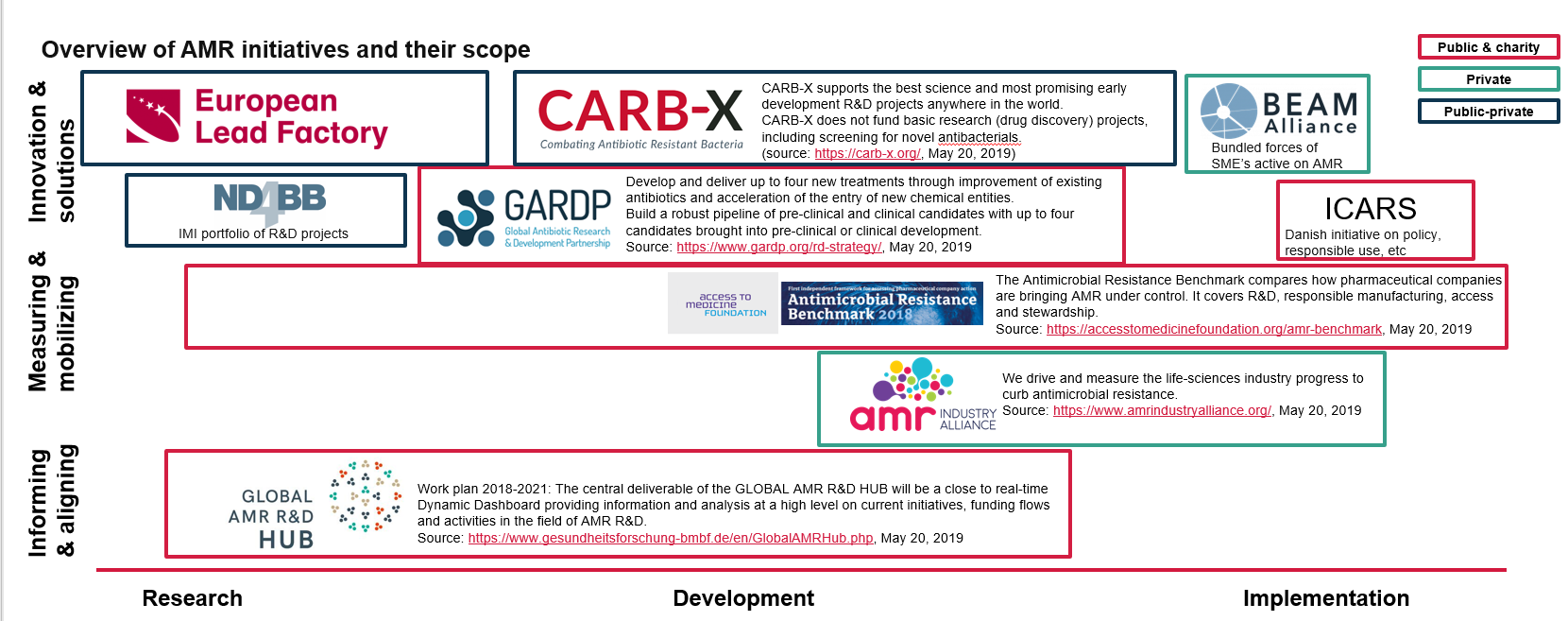Taxing has been used previously to raise revenues or alter the behaviour of the public (e.g. tobacco) and it could be a solution to reducing the overall use of antibiotics. It could have the added benefit of providing a revenue stream to fund future research in antimicrobial development. However, O’Neill, in his extensive AMR review for the UK government, warns that the antibiotic tax’s impact will greatly vary depending on its context. It is therefore wiser to implement it at the national level rather than globally (AMR Review, 2016).
In the case of antibiotics, it might be more interesting to impose a tax on antibiotics only for animal-use. This would discourage their use in husbandry but would not directly increase the healthcare costs of citizens. Furthermore, it is unlikely that raising the costs of antibiotics for medicine would lead to behaviour changes from patients (AMR Review, 2016). In 2016, Belgium implemented a tax on veterinary antibiotics that began in April 2018 (KCE, 2019). This tax earns between 450,000 and 500,000 Euro annually which is then used to further fund initiatives to promote the prudent use of antibiotics. Although the tax has not been active long enough to attribute any strong reduction in usage to it, a 2019 report by KCE indicates that the tax itself may be too low to stimulate changes in behaviour (KCE, 2019).
Denmark also introduced taxes on veterinary antibiotics in 2013 which raised the tax on critically important antimicrobials such as fluoroquinolones and third- and fourth-generation cephalosporins to 11% (FAO, 2019). While the tax aimed to promote appropriate usage of antimicrobials in husbandry, the report, similar to the aforementioned Belgian case, also found little evidence of behavioural changes (FAO, 2019).
 Which programmes/projects have been developed to produce new antibiotics?
Which programmes/projects have been developed to produce new antibiotics?


 Report
Report
